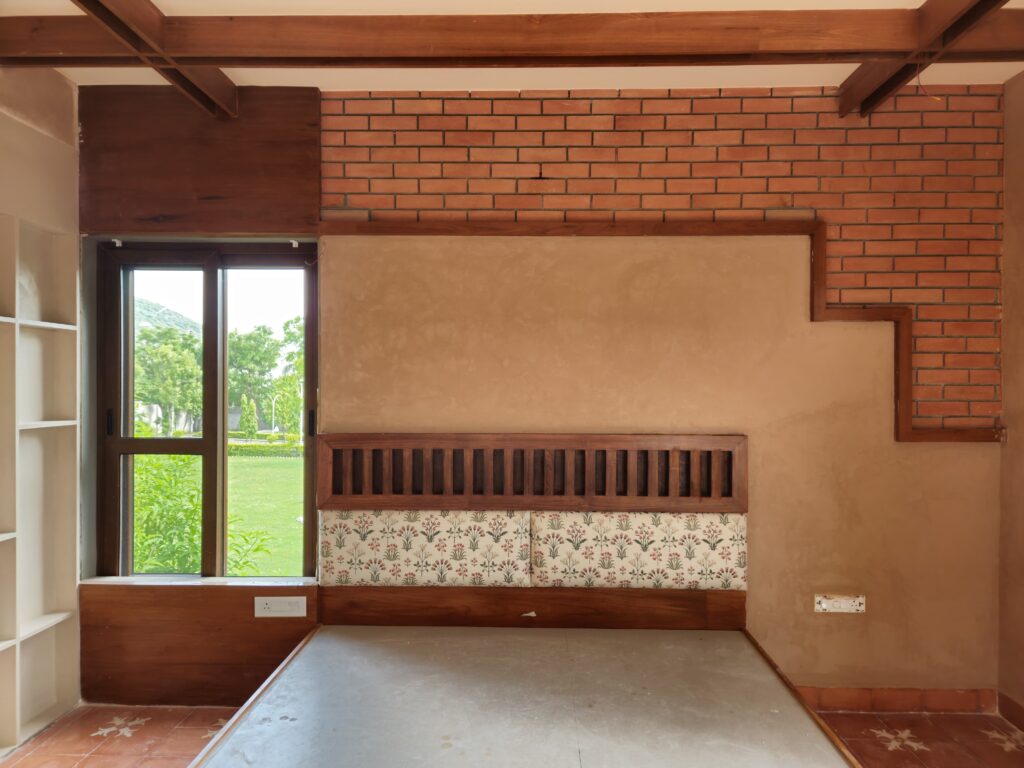
Sustainability is no longer a luxury but a necessity in the construction industry. With increasing environmental concerns and the depletion of natural resources, architects and builders are actively seeking eco-friendly alternatives to conventional building materials. Among these, lime plaster has emerged as a key solution. More than just a finishing material, lime plaster contributes to sustainability by being natural, durable, and recyclable. This article explores the vital role lime plaster plays in creating environmentally responsible buildings.
Environmental Challenges in Modern Construction
Modern construction methods often rely heavily on cement, steel, and synthetic materials, all of which carry high carbon footprints. Cement production, in particular, is one of the largest contributors to global CO₂ emissions. Additionally, non-breathable materials trap moisture and contribute to building decay, leading to high maintenance and renovation costs. The construction industry, therefore, faces the dual challenge of reducing environmental harm while delivering durable structures.
Why Lime Plaster is a Sustainable Choice
Lime plaster stands out as a sustainable alternative for several reasons. First, it is made from abundant natural materials such as lime, sand, and water. Unlike cement, lime absorbs carbon dioxide during its curing process, offsetting part of its environmental impact. Moreover, lime plaster is recyclable; old plaster can be reused or returned to the earth without causing pollution. These features make it an environmentally responsible choice.
Durability and Longevity
One of the cornerstones of sustainability is longevity. Materials that last longer reduce the need for frequent replacements and renovations, thus conserving resources. Lime plaster, when properly applied, can last for decades or even centuries. Historical monuments around the world bear testimony to its durability. By resisting cracks and adapting to structural movement, lime plaster reduces waste and ensures long-term performance.
Energy Efficiency Through Breathability
Breathability is another factor that makes lime plaster sustainable. Unlike cement plaster, lime allows walls to regulate moisture naturally. This creates a more balanced indoor climate, reducing the need for artificial cooling or dehumidifying systems. As a result, energy consumption drops, lowering both costs and environmental impact. Over time, this contributes to the overall sustainability of a building.
Supporting Healthy Indoor Environments
Sustainable construction isn’t only about reducing environmental impact—it also considers human health. Lime plaster naturally resists mold, bacteria, and other harmful microorganisms due to its alkaline nature. This leads to healthier indoor air quality, reducing the risk of allergies and respiratory problems. A sustainable building, therefore, benefits both the planet and the people who live or work inside it.
Heritage Restoration and Sustainability
Heritage conservation is another area where lime plaster demonstrates its sustainable value. Restoring monuments and old structures with original materials ensures their survival for future generations. Using modern substitutes like cement can cause long-term damage, but lime plaster aligns perfectly with heritage requirements. This not only preserves culture but also reduces resource wastage associated with rebuilding or frequent repairs.
Modern Applications of Lime Plaster
Today, lime plaster is not limited to heritage projects; it is widely used in eco-friendly homes, green buildings, and contemporary interiors. Its versatility allows for different finishes, from smooth polished walls to textured surfaces. Professional services such as Lime Plaster Service in India are helping homeowners and architects adopt lime plaster in both residential and commercial projects, blending tradition with sustainability.
Conclusion
Sustainable construction demands materials that are natural, durable, and environmentally friendly. Lime plaster meets all these requirements while also offering beauty and health benefits. Its ability to absorb carbon, regulate indoor climates, and last for generations makes it a vital material for the future of eco-friendly building. By incorporating lime plaster into modern construction, architects and builders not only reduce environmental impact but also ensure healthier, longer-lasting spaces for people to enjoy.


